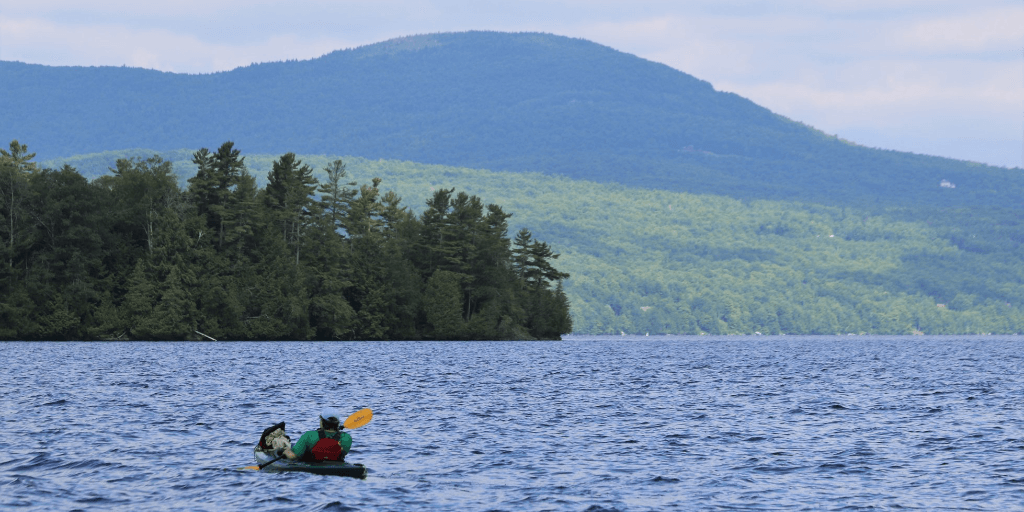NEWPORT — The Memphremagog Watershed Association (MWA) has been awarded a grant to provide oversight services for multiple regional aquatic invasive species prevention and control projects.
The grant award of $83,673 covers 12 projects through the Memphremagog watershed at the following locations:
Shadow Lake, Island Pond, Maidstone Lake, Lake Memphremagog, Salem Lakes, Seymour Lake, and Lake Willoughby.
Funded projects include greeter programs, invasive species management programs as well as a project that will focus on an international message between the United States and Canada regarding invasive species spread prevention.
Greeter programs focus on inspecting watercraft and the education of boaters to the importance of limiting the risk of spreading invasive species.
In waters that are impacted by invasives, the health of the water body is impacted by increased biomass and ecological food chain anomalies, which can lead to limited recreational uses that effects fishing, swimming, and boating.
In some cases, toxic algal blooms are more likely due to the impact of invasive plants on the ecosystem.
The MWA says the rule of thumb is “clean, drain, and dry.”
It’s important for individual users to help out and inspect their own watercraft by checking the trailer, motor, wells and fishing equipment for aquatic plants that may be hitchhiking.
This doesn’t just help out the waterbodies but could prevent a person from receiving a ticket for transporting aquatic plant or animal material.
The transport of all aquatic plants, plant, parts, or other aquatic invasive species to or from any Vermont surface water is illegal.
You can be fined up to $1,000.
Many area lakes have been impaired with at least one invasive species, with Eurasian Milfoil being the most prevalent.
The plant invasives are a nuisance due to the fact that they out-compete native species and overgrow the system.
Boating and swimming can be seriously impacted in areas where Eurasian Milfoil and other invaders have taken hold.
In Lake Memphremagog, four invasive species can be found. The three plant invasives include Eurasian Milfoil, Curly-Leaf Pondweed, and Starry Stonewort.
The animal invasive found in Lake Memphremagog is the notorious Zebra Mussel.
Zebra Mussels are very tiny and sharp. They will cog pipes and attach to any solid surface at densities of up to 800,000 individuals per square meter.
They are very resilient and can survive in stagnant conditions for up to 30 days out of the water.
The reproductive part of the lifecycle, called a veliger, is microscopic. The microscopic veligers can be found in the cooling water of boat motors, live wells or any standing water.
Decontamination with hot water of 140 degrees F is the only known way to fully clean exposed equipment.
If you’re leaving Lake Memphremagog and launching in another lake, a 30-day drying out period is recommended, or undertake a hot water decontamination.
The following area lakes have decontamination stations:
Lake Memphremagog at the Gateway Center, Shadow Lake, and Seymour Lake.
In addition to the greeter programs, several area waterbodies have also received funding for invasive species management.
This can take the form of cutting and harvesting with a hydrorake, suction harvesting, and benthic barriers.
While individual waterbodies have programs to prevent or manage invasive species, it will take everyone who uses these waterbodies to pitch in.

